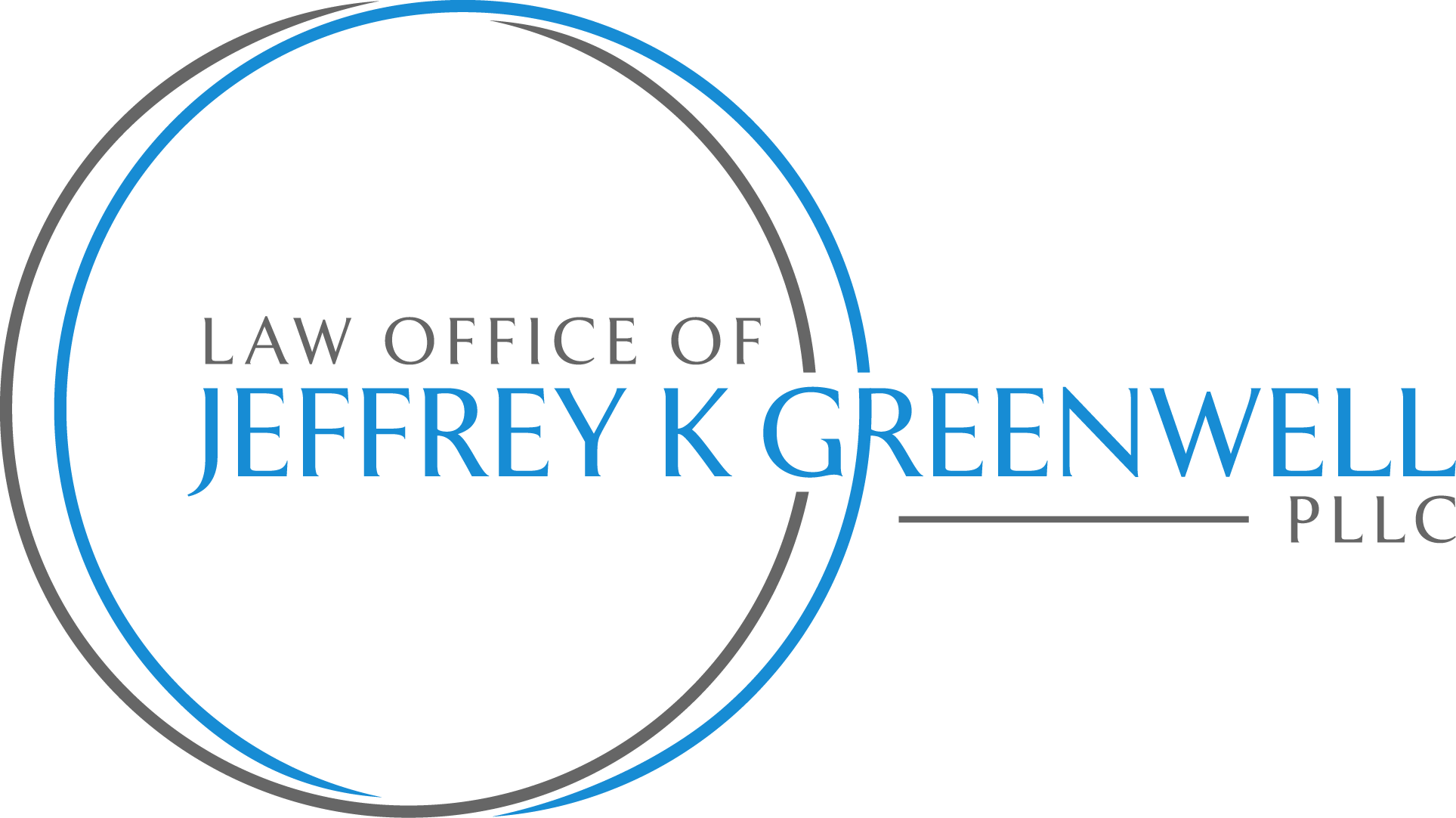Rejecting a vehicle lease in a Chapter 7 case simply requires a formal statement that you reject it.
The Option of “Rejecting” the Lease
When you file bankruptcy, you get to choose if you want to keep your leased vehicle. Specifically, you choose to either “assume” or “reject” the vehicle lease. Assuming a vehicle lease means that you keep the vehicle and continue to be legally bound by all the terms of the lease. Rejecting a vehicle lease means that you let the vehicle go.
Rejecting a vehicle lease discharges—forever write off—all financial obligations on the lease. (See Section 365 of the Bankruptcy Code generally about the assumption and rejection of unexpired leases. Warning: it’s very complicated and confusing!)
Rejecting a vehicle lease can be a good idea in various situations. Many vehicle leases have hidden costs and financial risks that include mileage, and wear and tear limits. People may find that they are burdened with high fees upon surrendering leased vehicles, based on these costs and risks. You walk away from your vehicle lease without having to pay anything more by simply rejecting your vehicle lease in a bankruptcy.
Giving Notice of Lease Rejection
To reject the lease, you state your intention to do so. You do this through the documents that your Flathead Valley bankruptcy lawyer prepares for you. The specific form is appropriately called the “Statement of Intention for Individuals Filing Under Chapter 7.” As you can see on page 2 of the form, you “List Your Unexpired Personal Property Leases.” (A vehicle is “personal property.”) You state your lessor’s name and the vehicle being leased, and whether or not you are “assuming” the lease. If you are not assuming the lease, you are deemed to be rejecting it.
Your bankruptcy lawyer delivers a copy of the Statement of Intention to the lessor and the trustee. (See Bankruptcy Rule 1007(b)(2).)
Timing of the Statement of Intention
Your lawyer must file/deliver the Statement of Intention within 30 days after the filing of your Chapter 7 case. If your “meeting of creditors” happens to be before that date, the deadline to file is the date of that “meeting.”
If you don’t file/deliver this form by this deadline the lessor can then immediately repossess the vehicle. In other words the protection against repossession—called the “automatic stay”—expires if you don’t file/deliver the Statement of Intention on time. (See Section 362(h)(1)(A) of the Bankruptcy Code.)
Statement of Intention is normally filed the day you file all your other documents, but your lawyer may wait until the deadline to file so you have more time with your vehicle. That is because the “automatic stay” also expires if you don’t “take timely the action specified in such statement.” (Section 362(h)(1)(B).)
The Lessor’s Reactions
Your lessor may file a motion at any point asking for permission to take possession of the vehicle. This is called a motion for relief from the automatic stay. The faster the lessor obtains possession, the faster it can resell it and recoup some of its losses. Therefore, sometimes a lessor will file such a motion to make sure it obtains possession as fast as the law allows.
Many lessors will merely rely on your Statement of Intent and the expiration of the automatic stay as described above. The lessor will not file a motion, but communicates with your lawyer to arrange for your surrender of the vehicle at a time that is reasonable for both you and the lessor.
So, talk with your bankruptcy lawyer, both about whether you should reject your lease, and how to best do so.
